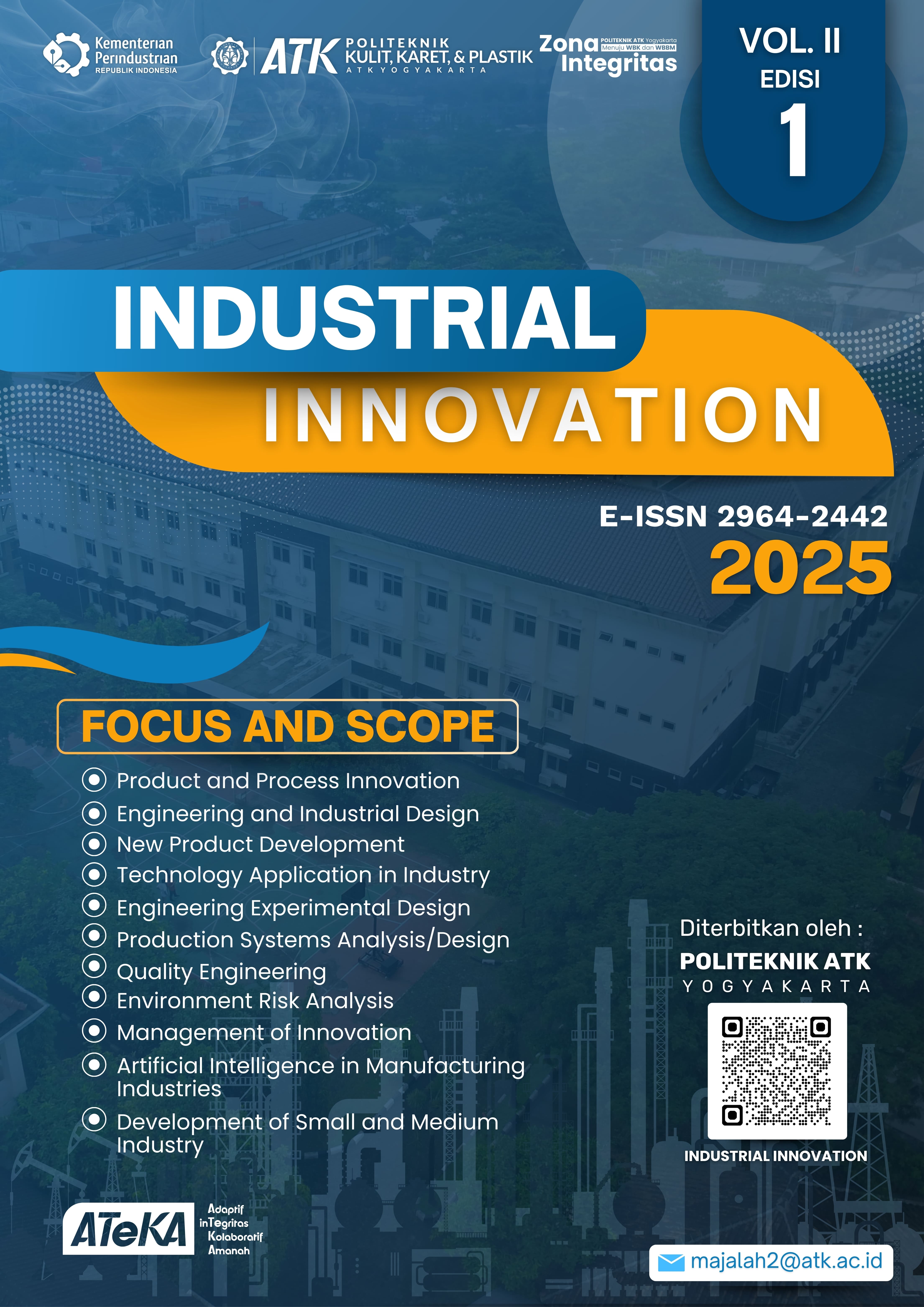Metal Recovery and Sulphur Removal in Laterite Residue Roasting Process
DOI:
https://doi.org/10.58533/578n0w52Keywords:
laterite residue, roasting, sulphur removal, metal recoveryAbstract
This study investigates the effect of roasting temperature and duration on sulphur removal and metal recovery from laterite residue obtained through atmospheric leaching of limonitic ore. The residue, characterized by high sulphur (7.43 wt.%) and iron (21.38 wt.%) content, was subjected to roasting at temperatures ranging from 500 °C to 800 °C for up to 120 minutes. XRD analysis revealed the presence of fayalite, hematite, enstatite, and jarosite, indicating stable sulphur-bearing and silicate phases. Results showed that complete sulphur removal (100%) was achieved at ≥750 °C within 30 minutes, while only partial removal (~45%) occurred at 500 °C. Iron and manganese recovery increased with temperature, reaching 28.46% and 26.50%, respectively, at 750 °C for 90 minutes. The improved recovery was attributed to the thermal decomposition of sulphates and oxidation of metal species to more leachable oxides. Roasting at 750 °C for 90 minutes was identified as the optimum condition, balancing sulphur elimination, metal recovery, and energy efficiency.






